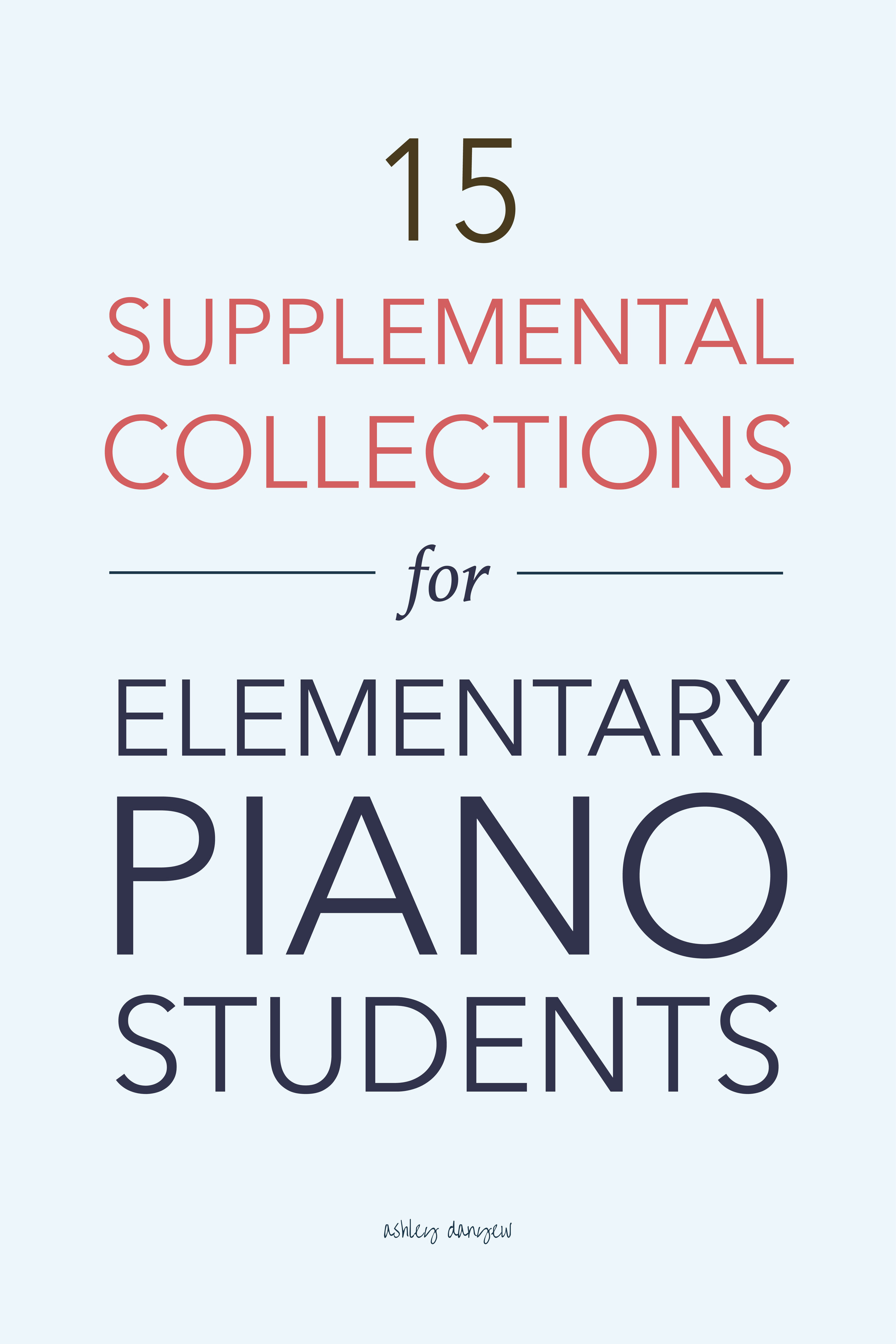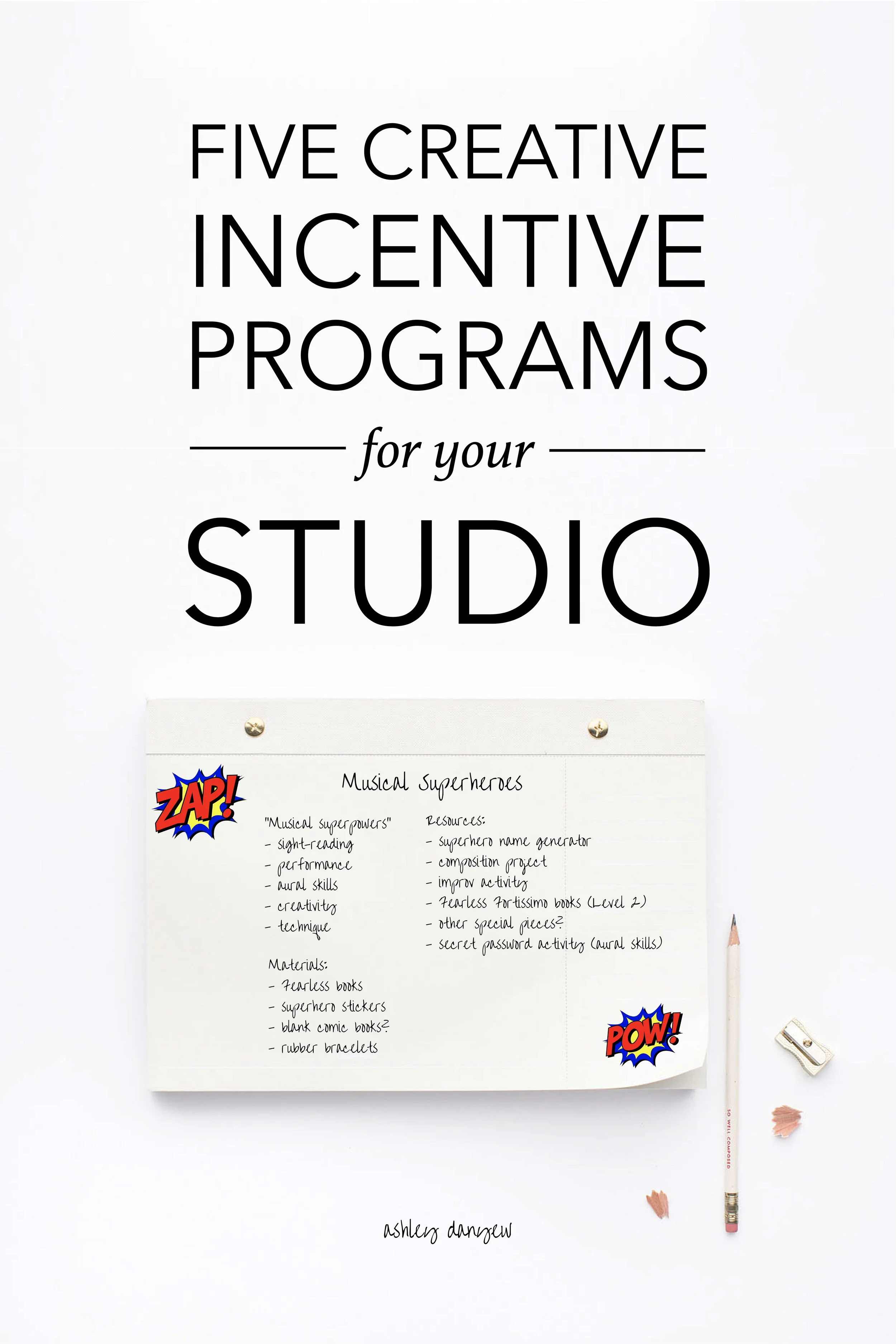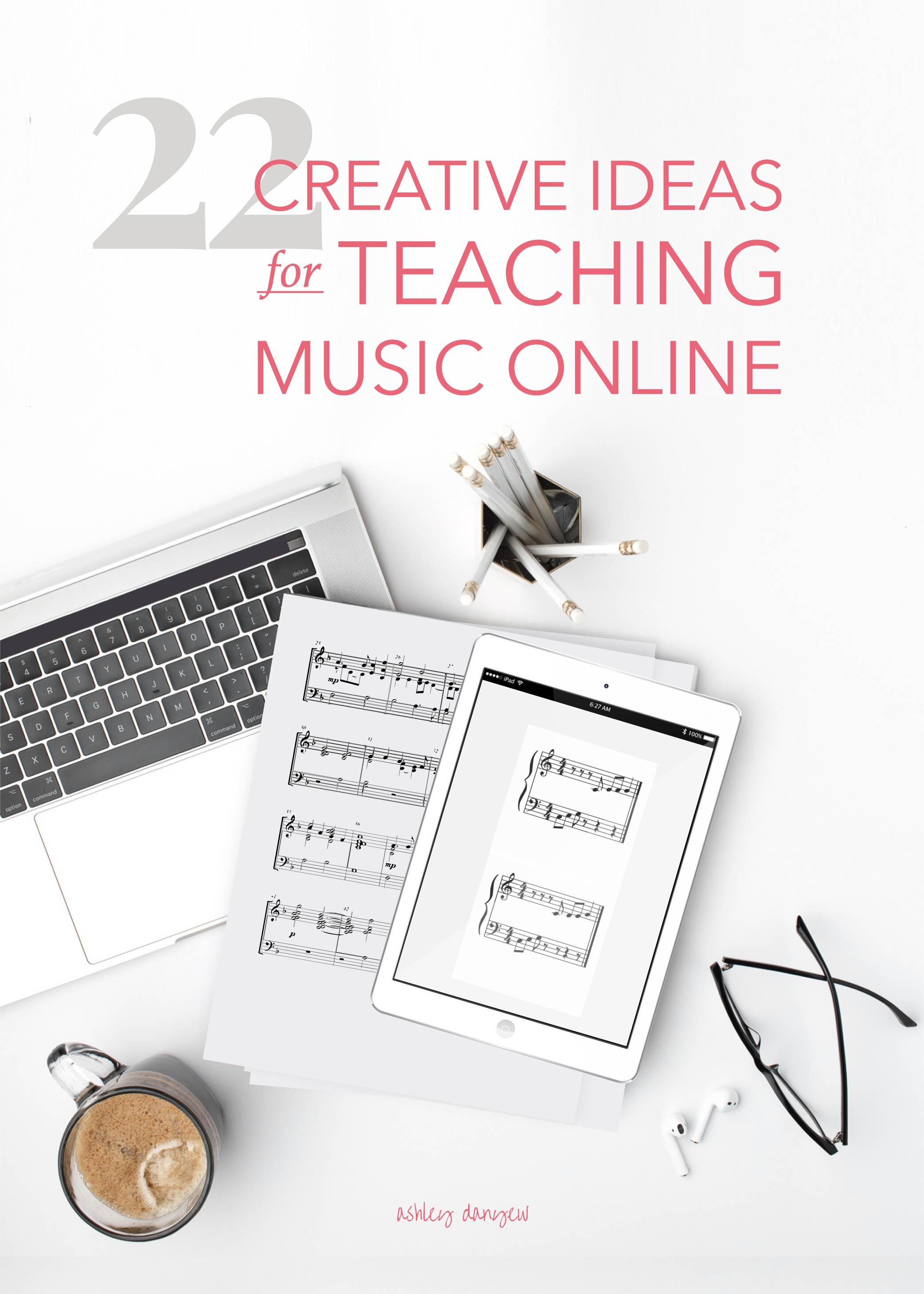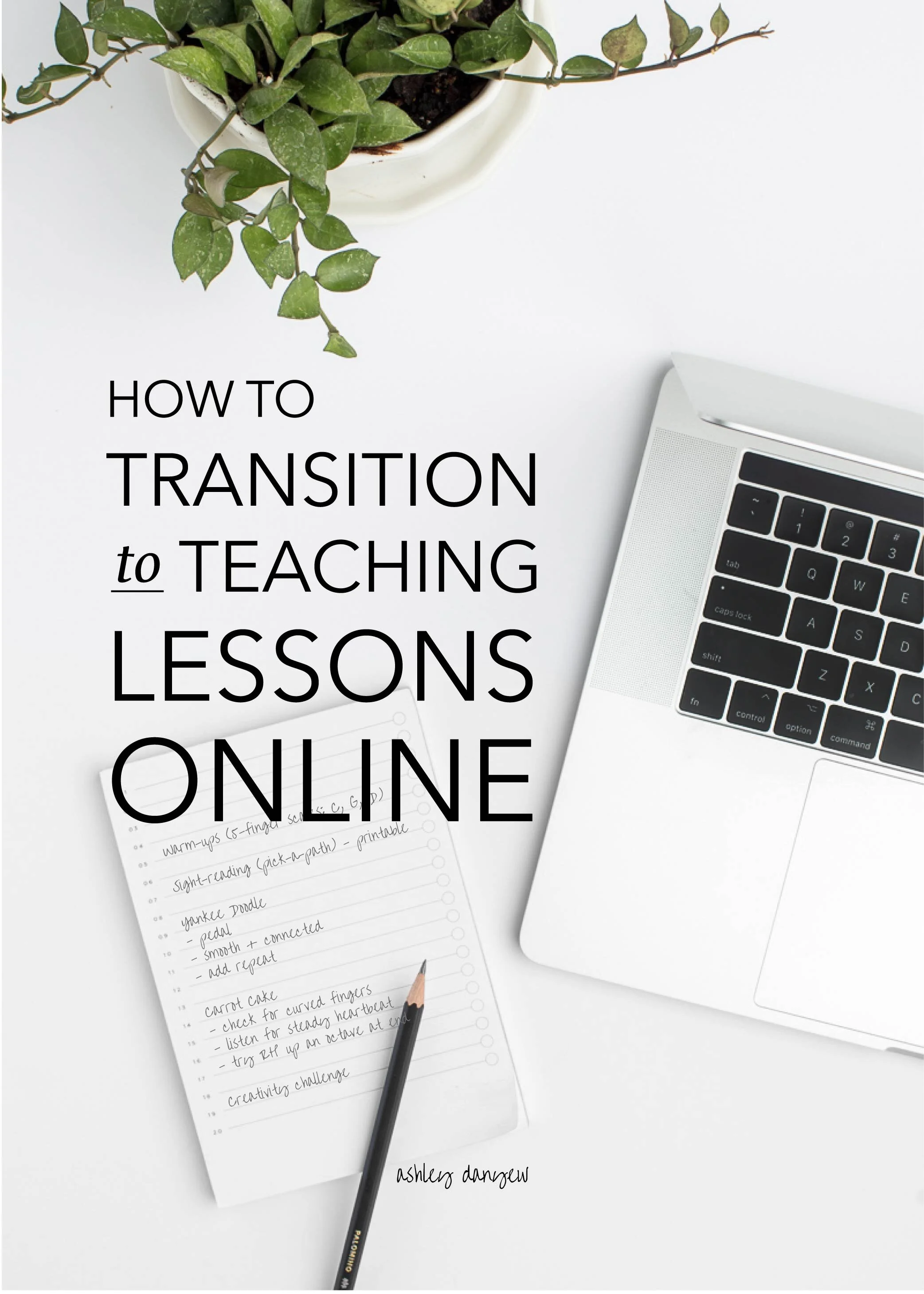
It was Friday, July 13th, 2007 - a hot summer day in south Georgia.
I pulled into the driveway of the southern house off Forsyth Street, known as Little Carnegie of the South for my first piano lesson with Louise Barfield. On the phone, Louise (with a southern drawl) asked me to prepare all major and minor scales, four octaves, for our first lesson. I was cordially ushered in off the wide front porch by a tall woman, truly delighted to see me. Her hair was tied back in a loose bun and she wore cowboy boots.
I took a seat at one of the two grand pianos in the long living room and she took hers at the opposite end of the room, settling in comfortably at the end of a row of velvet chairs.
I began with C Major. I played four octaves up, four octaves down and stopped. "Why are you stopping?" She asked. "Play them in sequence." I began again. C Major, C# Major, D Major. All the while, Louise stood at the back of the room shouting, "Louder! Faster! Pretend you're in Carnegie Hall - you have to play to the whole room!!" About the time I approached F Major, my arms were burning. My fingers felt stiff and uncontrollable but I could not stop. She would not let me stop. I dragged my hands up and down four octaves until I finally (somehow) managed to arrive back at C Major. A few minutes later, we did this again. Louise took out a piece of paper and wrote down these questions (the answers I gave are included below):
On a scale from 1 to 10 - rate your performance - 10 being the best. 6 - tempo was fairly consistent, fingering needs work, need more endurance.
Why is it important to practice scales? Physical strength, endurance. Awareness of keys and key signatures. Strengthens fingers. Tempo consistency.
Why is fingering important? Ease of playing. Scale lines in music. Consistency.
Describe what you know about the technique of scale playing. Finger position must be curved, wrists and arms must be relaxed, elbows must be used to broaden control, tempo must be consistent.
My notes from this lesson read:
- curve fingers more - lead with body - lift fingers off key - don't touch key first - tension only permitted in 1st joint of fingers - "free the music from yourself" - energy is all mental - watch dropping fingers on keys - play in the air - the energy plays the keys - watch follow-through for each finger - be aware of our physical inhibitions - don't let them constrict the music - every action is plotted mentally - "you are your own teacher" - be aware of ego and laziness when practicing - fingers do the playing - support with strong body muscles
We began a few more technical exercises that day:
- drop: one finger at a time, up and down the scale line - drop/release: scale fingering (watch follow-through) - stretching/finger independence: C-Eb-Gb-A-C (or B), Bass C and Treble C position, hands separately. Play all notes together then lift/play one finger at a time, 4x each (straight fingers, not curved). Strengthens thought. Other fingers should be relaxed and resting. No finger, hand, arm, or shoulder strength - use diaphragm and energy from inside. Finger combinations (4x each): 5+3, 4+2, 3+1, 5+4, 3+4, 2+3, 2+1, 5+1.
July 13th, 2007 was a humbling day and one that marked a turning point in my understanding of music. We spent the rest of our lesson time reviewing one scale - note by note, finger by finger, muscle by muscle. For me, it was overcoming fear, being completely vulnerable and taking a step toward playing with confidence. It was a day I will never forget.





































